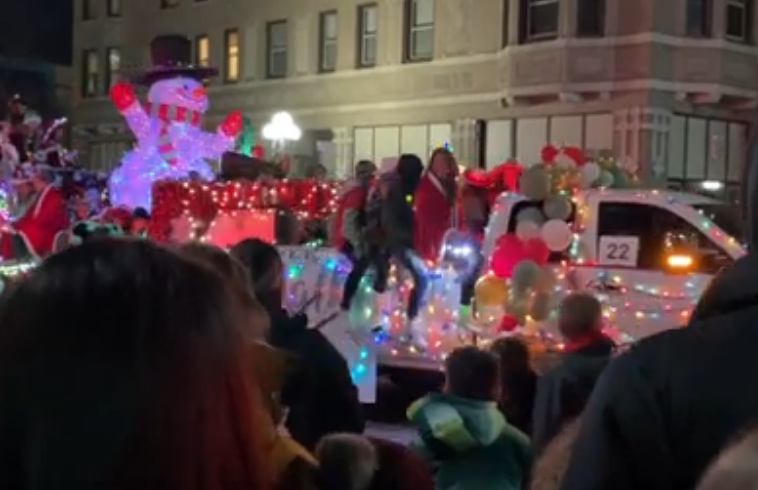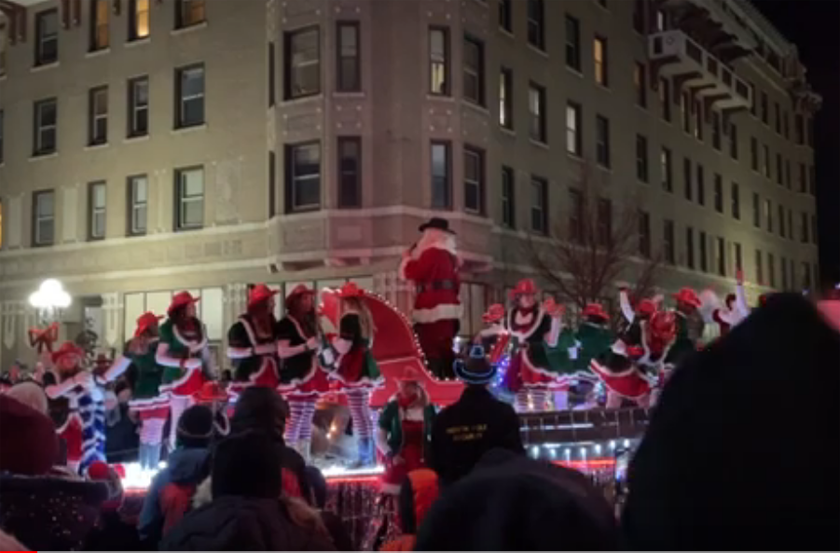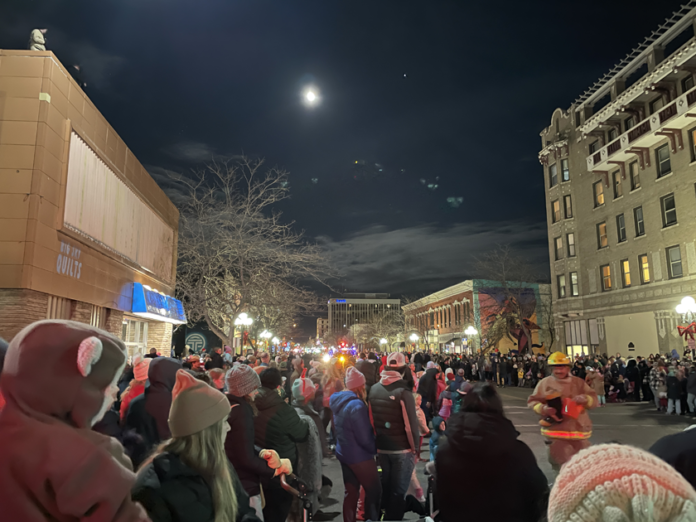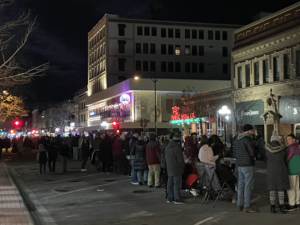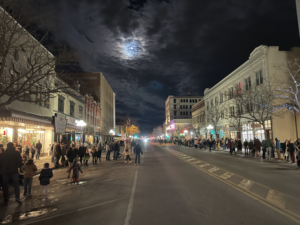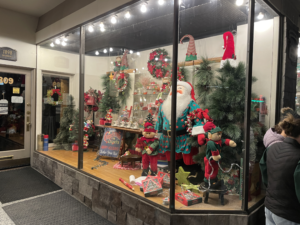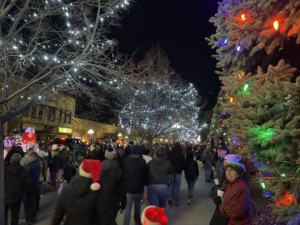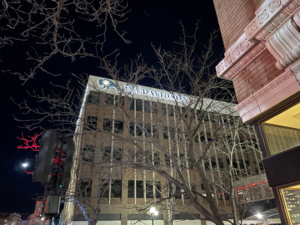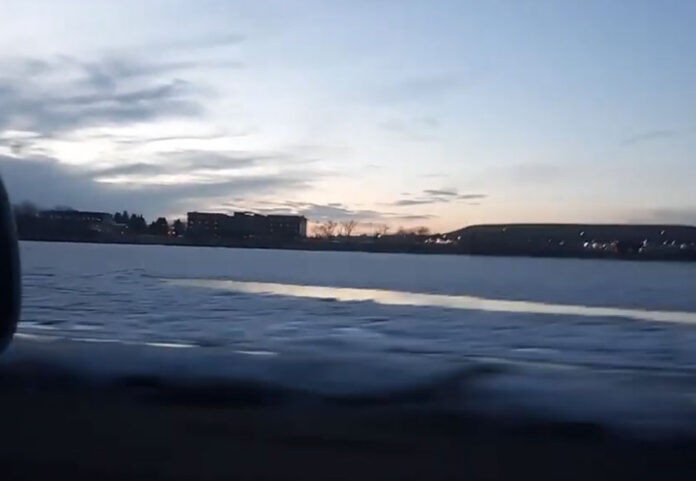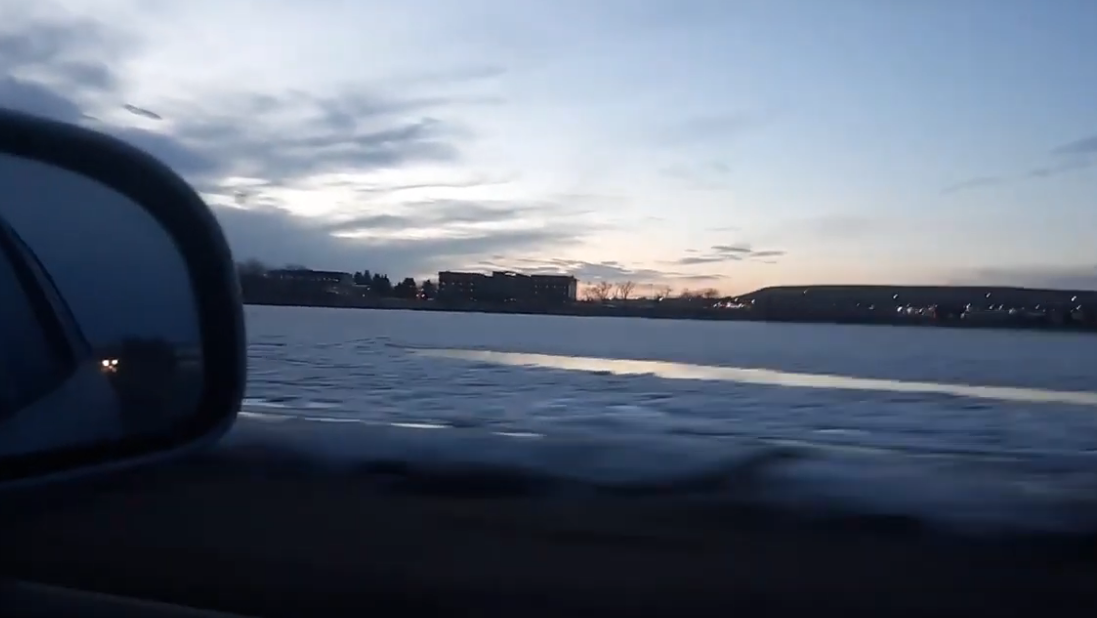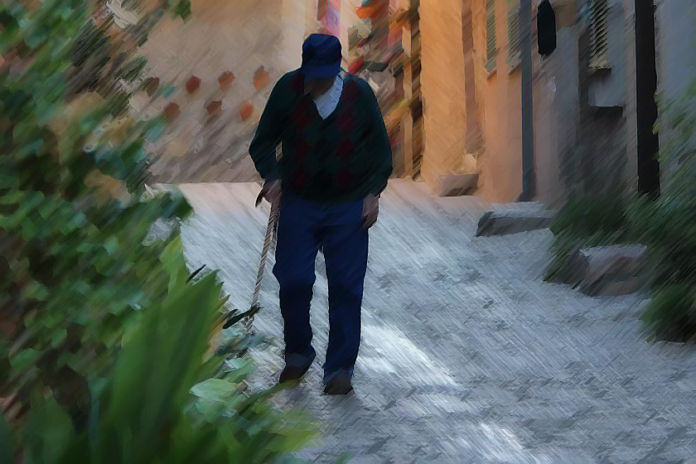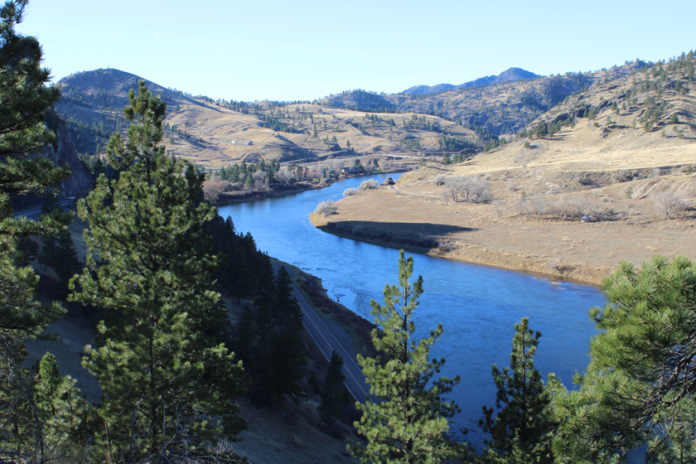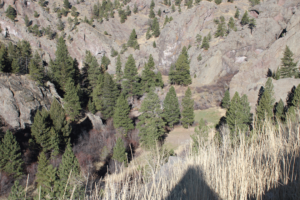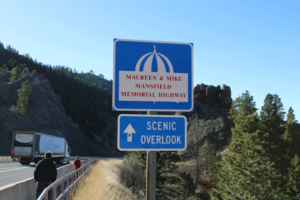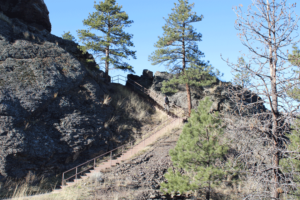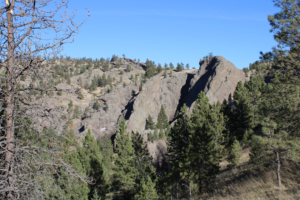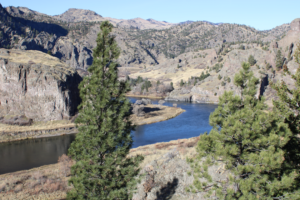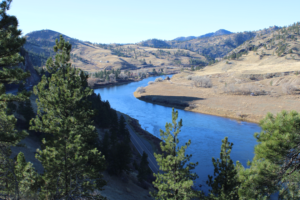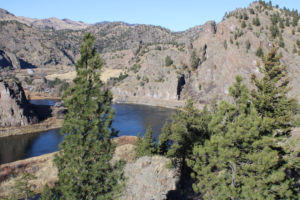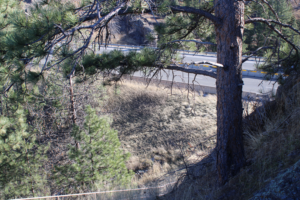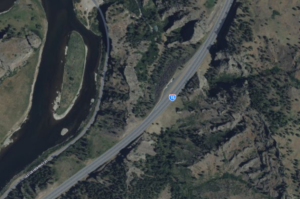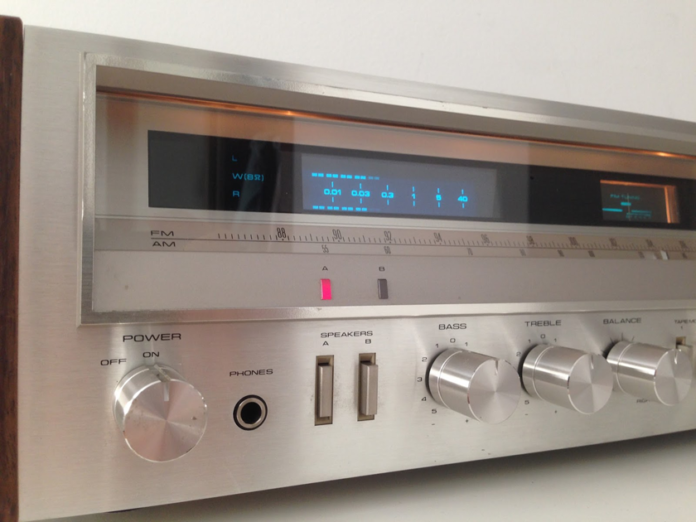Upon after the more laid back charm of the ’70’s we found the 80’s to be somewhat speckled with tons of new talent.
Pop music was what it was and the music was found coupled with many more new technologies and it showed. MTV was a thing and one could sit for hours upon hours watching all of the latest new music videos.
The 80’s made an impact. The entire decade was full of all sorts of things we had never seen before, like for instance, cable TV making it’s way into rural America.
24 hour a day quick stops sprang up everywhere — Once just the lowly gas station with a sole soda machine out front converted to an over night quick stop that served up crusty burritos and a never ending choice of assorted bags of chips and gallons of fountain soda all for about a buck.
All the while in the meantime, music like this below was blaring on the FM radio.
The music of the ’80’s lives on and reminds us of times simpler than those of today.
Enjoy the music.
The 1980’s was a transformative decade for music, marked by bold experimentation, technological advancements, and diverse genres that shaped modern pop culture.
Cultural Impact
MTV, launched 1981, and revolutionized music consumption, prioritizing visuals and making stars of acts like Cyndi Lauper and A-ha (“Take On Me”).
The technology included Synthesizers (Roland TR-808, Yamaha DX7), and drum machines. Digital production gave the ’80s its distinct sound. CDs began replacing vinyl by the decade’s end.
The fashion and aesthetics of the 80’s were crazy too. Big hair, neon colors, and androgynous styles (e.g., Boy George) reflected the era’s flamboyance.
Legacy
The ’80s birthed genres, sounds, and visual styles that remain influential. Its blend of innovation and excess made it a defining era for music.
